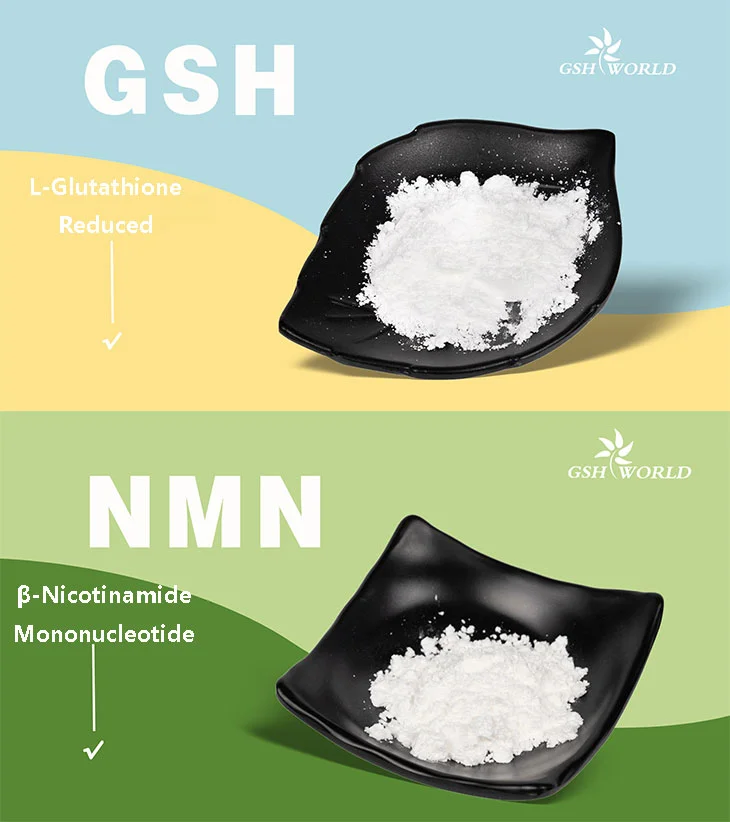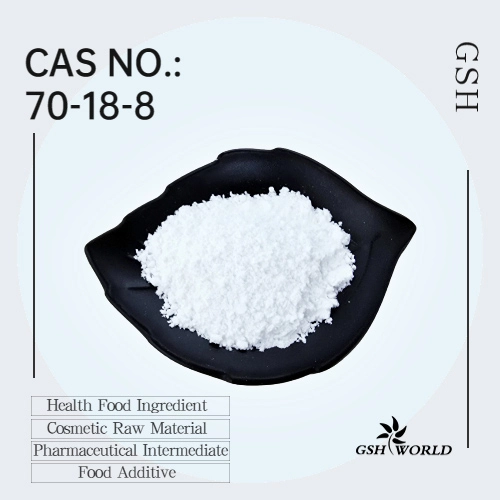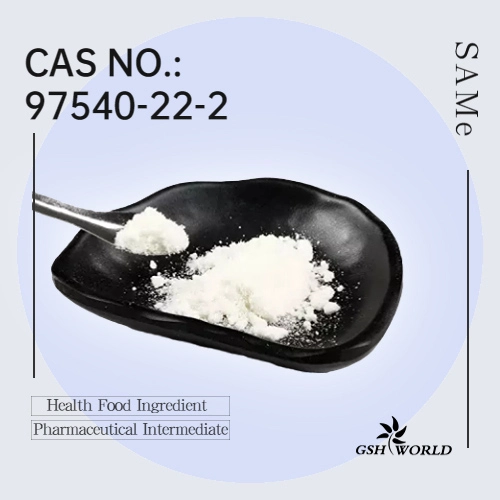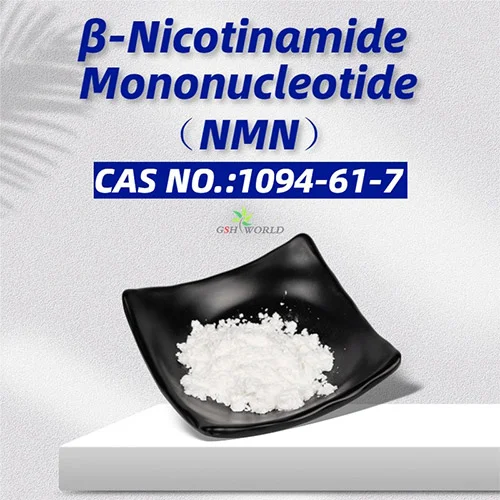Benefits of NMN for Dry Eye Relief
Dry eye disease (DED) is considered one of the most common eye diseases, causing significant ocular discomfort in patients with dry eye. Dry eye is a multifactorial disease of the ocular surface characterized by loss of tear film homeostasis and concomitant ocular surface symptoms. Its causes include tear film instability, tear hypertonicity, ocular surface inflammation and damage, and neurosensory abnormalities.
The problem of dry eye syndrome is so complex, how to alleviate it and how to treat it? Existing research reports have shown that HS is a key pathological factor in the development of dry eye disease, and Nicotinamide Mononucleotide (NMN) has a protective effect in corneal damage [6] and may be suitable for dry eye treatment. disease-related symptoms. However, there is currently no research experiment to prove that NMN plays a protective role in polyodorous stress (HS)-induced dry eye disease (DED).
Based on these research backgrounds, Meng Yongfeng and others from the Department of Ophthalmology, Tongji Hospital, Tongji Medical College, Huazhong University of Science and Technology formed a research team to detect and explore the protective effect of NMN on corneal epithelial cells (CEC) induced by polyodorous stress (HS), and The research results were published in the academic journal "J Inflamm Res".
The research team established a sodium chloride-based hyperosmotic stress in vitro model and used it in a co-culture system of corneal epithelial cells and macrophages to explore the effects of NMN on NAD+ metabolism and hyperosmotic effects in corneal epithelial cells. influence on the expression of biomarkers. The results showed that cell viability significantly decreased after 24 hours of hyperosmotic stress treatment, while cell survival rate significantly increased after 12 hours of NMN treatment.
In view of the fact that corneal epithelial cell apoptosis plays a key role in the occurrence and development of dry eye disease, the research team also examined the biological role of NMN in cell apoptosis. Using flow cytometry, they found that NMN treatment could slow down total cell apoptosis induced by hyperosmotic stress.
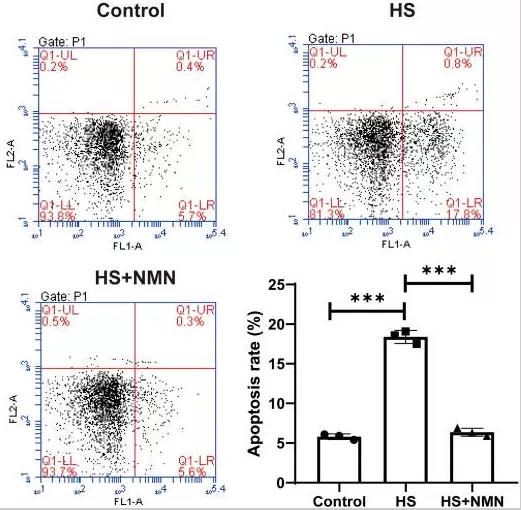
NMN improves cell viability and apoptotic status of HS-treated CEC, control chart
Because the cytokine IL-17a participates in the pathological process of eye diseases, it plays an important role in the pathogenesis of dry eye disease. The research team then tested the effect of NMN treatment on the expression of IL-17a (interleukin 17a). The results showed that the gene level expression of IL-17a increased in cells in the hyperosmotic stress group, and NMN can inhibit the expression of IL-17a through SIRT1. Express.
The preliminary conclusion of the research team shows that NMN exhibits a significant protective effect in an in vitro model of hyperosmotic stress-induced dry eye disease. NMN can alleviate hyperosmotic stress-induced dry eye disease by regulating the interaction between corneal epithelial cells. It is hoped to become an effective prevention and treatment drug for dry eye disease.
In summary, NMN can effectively increase the content of NAD+ in the body, and can protect the photoreceptors after retinal detachment and osmotic stress-induced dry eye disease. The success of the experiment provides new ideas for treating eye diseases, and NMN is also expected to become an effective drug for curing vision impairment.
*Special note - This article is for informational purposes only and cannot replace a doctor's treatment diagnosis and advice. It should not be regarded as a recommendation or proof of efficacy of the medical products involved. If it involves disease diagnosis, treatment, and rehabilitation, please be sure to go to a professional medical institution to seek professional advice.
by GSHWORLD
GSHWORLD is China Biological API Manufacturer. China NMN Supplements powder suppliers & best NMN benefits raw material Factory.


